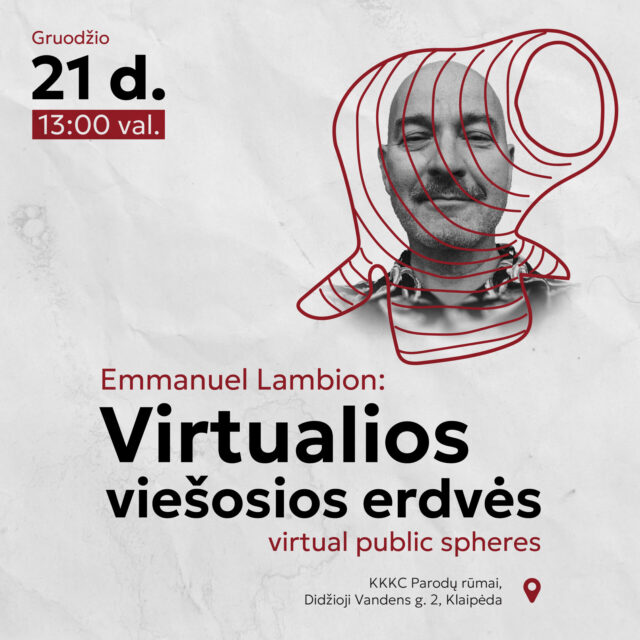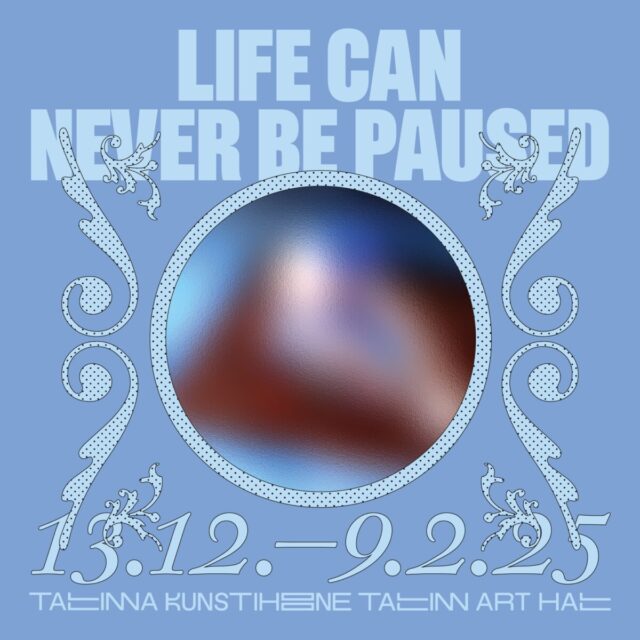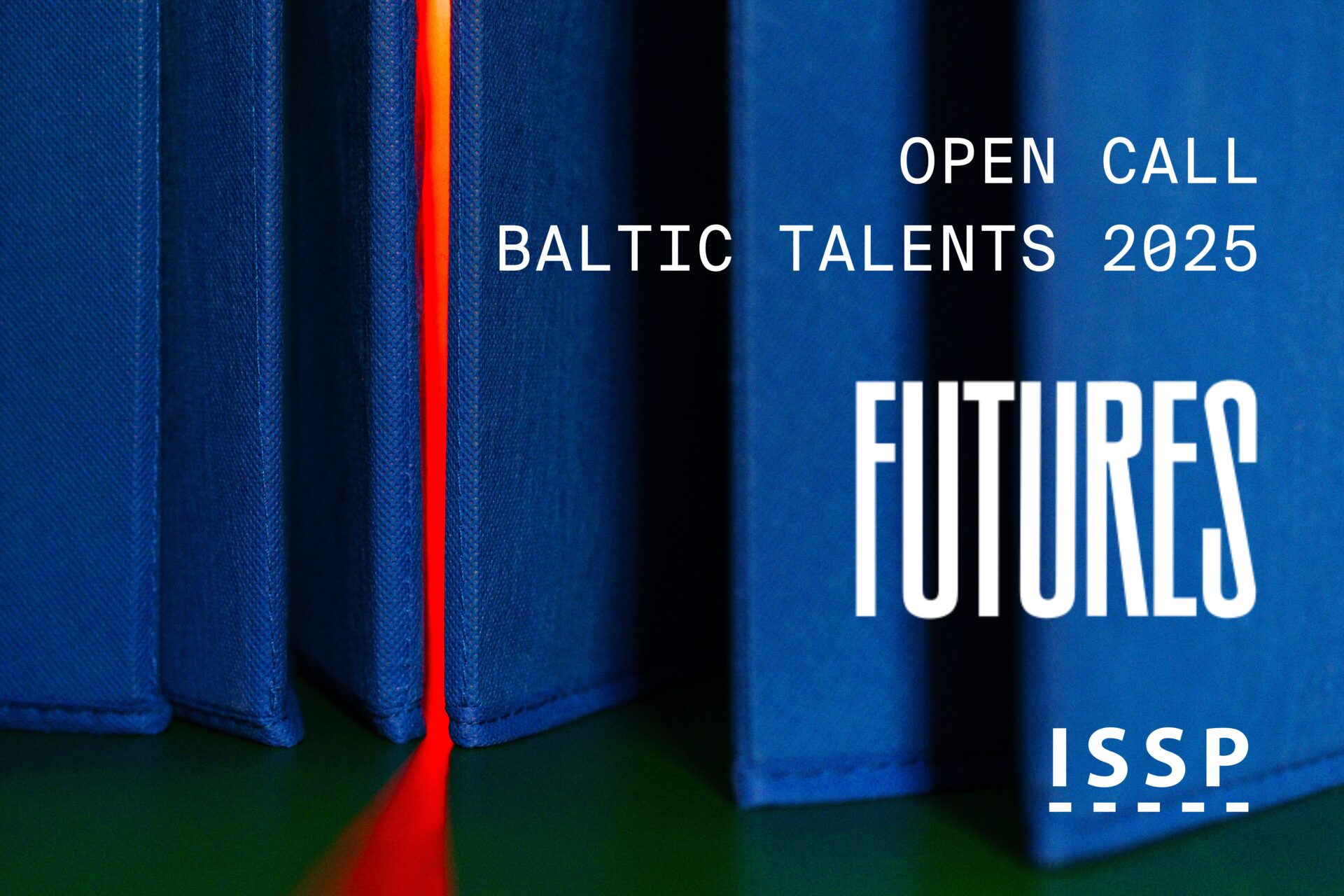The opening of Inga Meldere and Luīze Nežberte’s duo show ‘Sunpoles’ will take place on the 20th of September at 6 PM at Kim? Contemporary Art Centre.
Kim? Contemporary Art Centre’s autumn season exhibition programme opens with a special collaboration: a spatial installation by Inga Meldere and Luīze Nežberte, encompassing newly created works by both artists, as well as works never previously exhibited in Latvia. The exhibition space includes several series of works: sculptures, installations, drawings and paintings which study and reflect regional, social and culture-historical details. These series of works establish a dialogue between the practices of two artists from different generations, which reflect the rebirth of narrative in visual art, an ethically grounded approach to matter and respect towards the heritage of the past.
When beginning to prepare the exhibition, Meldere and Nežberte researched the architectural heritage, which follows from the work of Latvian architect and ethnographer, founder of the Ethnographic Open-Air Museum of Latvia, Pauls Kundziņš (1888–1983). Kundziņš’s unique contribution consisted of studying and preserving for future generations important architectural elements, such as the so-called “sun-shaped” (“sauļotās”) columns in Latvian wooden architecture from the 18th century, which are noteworthy as historically significant formal exercises, and which furthermore open the way towards a search for parallels, comparisons and context with “idea fields” on a register similar to those seen, for example, in modernist artist Constantin Brancusi’s (1876–1957) Endless Column.
In her individual practice, Meldere is preoccupied with abstracted and poetic painterly investigations – “hand exercises” – based on what she has observed as part of her daily routine, read, or noticed on her smartphone. References to what has been experienced are interpreted visually: paraphrased and approximated in fragmentary oil-on-paper sketches of seemingly recognisable objects or creatures. Printed on canvas and articulated in spatial installations, these references conjure up a variety of surreal situations. Employing interdisciplinary, innovatory and speculative approaches borrowed from her education in painting conservation and contemporary art, Meldere delves into tracing transience, and into questions touching on social history, authenticity and microhistories.
Meanwhile, Nežberte, in her series of works included in the exhibition, takes up the conceptual thread related to forms of vernacular architecture by making sculptures. These are column-like vertical structures assembled from modular elements, their forms borrowed from the sketches Kundziņš developed for the bandstand of the 1926 Song Festival, as well as from stylised replicas of the columns from the first state-protected cultural monument in Latvia – the Community House of the Congregation of Moravian Brethren in Gaide. By organically integrating object, image-making and text, a series of metal sculptures made specially for this exhibition uncover Nežberte’s fascination with the techniques of collecting, quoting and collage. These formal experiments with objet trouvé and the dissipation of authorship through creative appropriation are further transposed in the zine accompanying the exhibition, which brings together inspirational and research references in visual and textual form, as well as a specially created literary passage by poet Raimonds Ķirķis.
Further developing collaborative practices, the questioning of authorship and the authority of the solitary artist figure, part of the exhibition is a collective collaboration – a spatial sand installation, or “pigment room”, the making of which involved the artists Ieva Putniņa and Elīna Vītola. The artists use methods to extract Lake pigments from local plants such as meadowsweet, yarrow, cow wheat, blueberry, sea-buckthorn and birch, and to place them on a white sand “canvas”, thus broadening the imaginative potential of painting and showing the resources of Latvian and Baltic flora.
As an artistically sensitive and tonally rich presentation, Meldere and Nežberte’s Sunpoles also touches on aspects of ecological, economic and social sustainability. Reflecting on the potential announced by Symbiocene, or reflections on humanity from outside the anthropocentric consciousness, the exhibition highlights the necessity to resolve the issues raised by chaos and constant change with the aim of replanting (in ourselves) understanding towards the interrelationship between humanity and nature.
Acknowledgements: Zuzāns Collection, Riežupe Sand Caves, Terēze Juškus, Reina Semule.
Supporters: Ministry of Culture, State Culture Capital Foundation, Riga City Council, Embassy of Finland in Riga, Valmiermuiža.
Artist Biographies
Inga Meldere (b. 1979, Kuldīga) lives and works in Helsinki. She studied at the University of Latvia, the Art Academy of Latvia and The University of the Arts in Helsinki, as well as attending the Jan van Eyck Academie, Maastricht. Her recent exhibitions include the personal exhibition Brethwork, Pech, Vienna (2024); Blootooth (Sister N) Temnikova & Kasela Gallery, Tallinn (2022); the group exhibition Don’t Cry! Feminist Perspectives in Latvian Art, LNMA (2023); and Archaeologists of Memory: Vitols Contemporary Art Collection at the KUMU museum of contemporary art in Tallinn (2022) and the international Helsinki Biennial: The Same Sea in Vallisaari (2021). She is involved in running different workshops related to the methods of natural colour pigment extraction.
Luīze Nežberte (b. 1998, Riga, Latvia) lives and works in Vienna, Austria. Currently she is studying visual arts at the University of Fine Arts Vienna. Most recent exhibition: the personal exhibition Clump Spirit at 427 Gallery (Riga, 2023); duo and group exhibitions: Come As You Are, Kunsthalle Wien (Vienna, 2024); A simultaneity of stories-so-far, Neuer Kunstverein Wien, (Vienna, 2024); Fibbing, Fabulation, Feigning, House of Spouse (Vienna, 2023); Vienna Seduction, SPOILER (Berlin, 2023); art in public space: How Much Can a Boat Carry (Salzkammergut, 2024). Since 2023, she has been co-curating the exhibition program at Pech in Vienna, Austria.
With the participation of artists: Ieva Putniņa, Elīna Vītola
Text of the accompanying zine: Raimonds Ķirķis
Project management: Evita Goze
Project assistant: Katrīna Jauģiete
Communication: Žanete Liekīte
Technical team: Andris Maračkovskis, Guntis Jasotis
Graphic design: Stefans Pavlovskis
Proofreading LV: Ilze Jansone
Translation ENG: Valts Miķelsons, Lauris Veips
Proofreading ENG: Will Mawhood
Exhibition mediators: Marta Andersone, Beatrise Šulte, Marija Viņķele

























